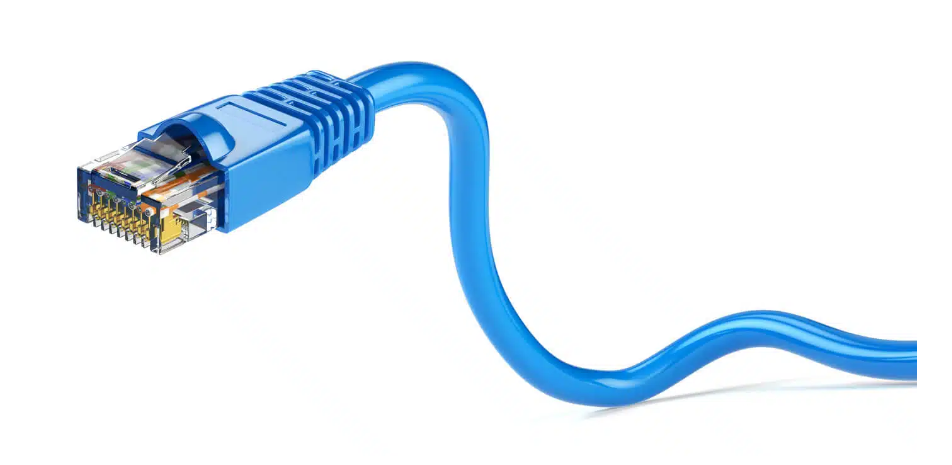
Introduction
Quantum computing and quantum communication hold the potential to revolutionize how we process information, enabling capabilities far beyond the reach of classical computing. However, to make quantum technologies scalable and commercially viable, we need hardware that can efficiently control and manipulate quantum states. This is where Integrated Quantum Optical Circuits (IQOCs) come into play. By leveraging the power of photons (light particles) and integrating quantum technologies onto optical chips, IQOCs are at the forefront of transforming quantum computing and communication.
Definition
Integrated photonics and quantum optics are combined in integrated quantum optical circuits (IQOCs), which are sophisticated devices that control and manipulate light at the quantum level on a single chip. These circuits combine elements such as detectors, beam splitters, and waveguides to precisely control quantum states of light, even single photons. IQOCs are essential to quantum technologies because they make it easier to transmit and manipulate quantum information efficiently, which opens up new applications in sensing, communication, and computing. IQOCs are essential for creating realistic, high-performing quantum devices because they improve scalability, miniaturisation, and stability by integrating quantum optical components onto a chip.
Understanding Integrated Quantum Optical Circuits (IQOCs)
Integrated quantum optical circuits are specialized chips that control and manipulate quantum bits (qubits) using light. Unlike classical bits, which are either 0 or 1, qubits can exist in superpositions of these states, enabling parallel computation. While traditional quantum computing platforms use trapped ions, superconducting qubits, or other physical systems, IQOCs use photons as qubits to harness the properties of light, such as coherence, superposition, and entanglement.
The Role of IQOCs in Quantum Computing
Quantum computing is expected to revolutionize industries by solving problems that are computationally intractable for classical computers, such as simulating molecular interactions, optimizing supply chains, and breaking cryptographic systems. IQOCs offer several benefits to quantum computing:
1. Scalability
One of the biggest challenges in quantum computing is scaling the number of qubits without introducing noise or errors. Photonic qubits are naturally less prone to decoherence compared to other quantum systems like superconducting qubits. IQOCs allow the integration of many quantum components onto a single optical chip, potentially scaling up to thousands or millions of qubits with lower error rates. This scalability is crucial for building powerful quantum computers.
2. High-Speed Quantum Gates
Quantum gates are the building blocks of quantum algorithms, manipulating qubits to perform operations. In IQOCs, gates can be implemented using passive optical components like beam splitters and phase shifters, allowing quantum computations at the speed of light. This leads to faster quantum processing compared to other platforms that rely on slower processes, such as microwave pulses in superconducting qubits.
3. Efficient Quantum State Manipulation
Enabling the execution of intricate quantum algorithms, IQOCs can precisely modify the quantum states of photons. For example, entangling qubits—a fundamental operation in quantum computing—can be achieved using integrated optics. Quantum entanglement enables correlated qubits to interact in such a way that the state of one qubit instantaneously affects the other, even at a distance. IQOCs are essential for harnessing this quantum phenomenon.
4. Reduced Cooling Requirements
Many quantum computers, such as those based on superconducting qubits, require ultra-cold temperatures to function, often close to absolute zero. In contrast, photonic circuits do not require such extreme cooling, which reduces the complexity and cost of operating quantum computers based on IQOCs.
IQOCs and Quantum Communication
While quantum computing is transformative in its own right, quantum communication is equally revolutionary. Quantum communication promises unbreakable encryption, faster data transmission, and secure data transfer using quantum entanglement and quantum key distribution (QKD). IQOCs are poised to play a vital role in this domain as well.
1. Quantum Key Distribution (QKD)
Quantum key distribution (QKD) is a secure way of sharing cryptographic keys between two parties. Photons are ideal carriers for QKD because of their robustness against eavesdropping. By using IQOCs, it is possible to implement QKD systems in a highly integrated and scalable form, enabling the deployment of secure communication networks that are resistant to quantum hacking.
2. Quantum Repeaters
One of the limitations of quantum communication over long distances is the attenuation of photons in optical fibers. Quantum repeaters are devices that extend the range of quantum communication by boosting quantum signals without disrupting the entanglement between qubits. IQOCs can improve long-distance quantum communication by acting as quantum repeaters. They enable the seamless integration of components required for error correction and entanglement swapping.
3. Quantum Internet
IQOCs could be the building blocks of the quantum internet—a network that links quantum computers, sensors, and communication devices over long distances. This network will allow for instantaneous data transmission via quantum entanglement and provide unparalleled levels of security for data transfer. Integrated photonic circuits will be essential for scaling and making such a network practical, paving the way for global quantum communication infrastructure.
Challenges Facing IQOC Development
Despite their promise, integrated quantum optical circuits are still in the early stages of development. Several challenges must be overcome before they become widely deployed:
1. Photon Loss
Photons can be easily lost in optical circuits due to imperfections in the materials used or scattering at interfaces. Reducing photon loss is essential to ensure that quantum computations and communications can be reliably carried out using IQOCs.
2. Integration of Active Components
While passive optical components are relatively easy to integrate onto a chip, active components—such as single-photon sources and detectors—are more challenging to miniaturize. Ensuring the seamless integration of these components is necessary for building fully functional quantum optical circuits.
3. Error Correction
Quantum error correction is essential for mitigating errors that arise from decoherence or noise in quantum systems. Detection and rectification of errors without disturbing quantum states is a requirement for error correction methods included in IQOCs. This requires the development of highly efficient quantum circuits that can handle the complexities of error correction.
4. Fabrication Precision
Quantum systems are extremely sensitive to imperfections, which means that the fabrication of IQOCs must be done with extreme precision. Variations in the dimensions of optical components can lead to significant performance degradation, necessitating advances in fabrication technologies.
The Future of IQOCs
The development of integrated quantum optical circuits is an exciting area of research with significant potential to impact both quantum computing and communication. Over the next decade, we can expect several breakthroughs in the fabrication, design, and scalability of IQOCs. As these circuits become more mature, they will unlock the full potential of quantum technologies, allowing for faster, more secure communication, and the creation of practical, large-scale quantum computers.
Quantum Computing Applications
IQOCs could enable quantum computers to solve previously unsolvable problems in areas such as drug discovery, materials science, cryptography, and financial modeling. The efficiency and scalability of photonic circuits will make quantum computing more accessible to industries and governments, sparking a new wave of technological innovation.
Quantum Communication Revolution
On the communication front, IQOCs will help realize the vision of a global quantum network. The combination of quantum key distribution, quantum repeaters, and the quantum internet will offer unprecedented levels of security for communication systems, essential for sectors like finance, healthcare, and defense.
Growth Rate of Integrated Quantum Optical Circuits Market
The size of the global market for integrated quantum optical circuits was estimated at USD 943.24 million in 2023 and is expected to grow at a compound annual growth rate (CAGR) of 14.6% from 2024 to 2031, reaching USD 2,806.07 million.
Read More: https://www.databridgemarketresearch.com/reports/global-integrated-quantum-optical-circuits-market
Conclusion
Integrated quantum optical circuits are poised to revolutionize both quantum computing and quantum communication by leveraging the unique properties of photons. With their scalability, speed, and efficiency, IQOCs hold the key to unlocking the full potential of quantum technologies. While challenges remain, the future of IQOCs is bright, and their impact on the digital landscape will be profound. As research progresses and technology advances, we are on the cusp of entering a new era of quantum-driven innovation.




